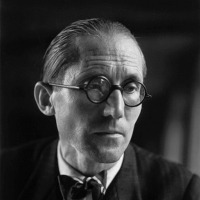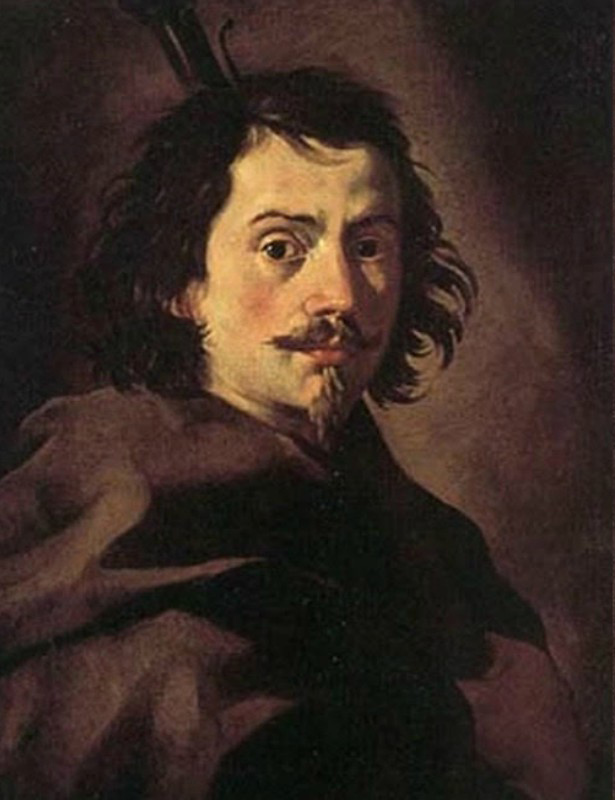
Francesco Borromini
1. Francesco Borromini (1677)
Francesco Castelli, known as Francesco Borromini, was born in the small Italian-speaking town of Bissome in southern Switzerland (now part of the Canton of Ticino) on 25 September 1599. His training began in the quarries where his father Giovanni Domenico Castelli worked (his mother Anastasia Garovo), although his training as a sculptor would begin after his move to Milan, where he would work on the construction of the "duomo", the cathedral.
At the age of twenty, he moved to Rome, to take advantage of the opportunity to work on St. Peter's Basilica where a distant relative, Carlo Maderno, worked. Ten years later, after the death of his relative in 1629, he joined the workgroup that was carrying out the extension and restoration of the façade of the Barberini Palace, where he became assistant to Gian Lorenzo Bernini.
From that relationship arose his enmity, whose disputes and rivalry would accompany him throughout his life.
At the age of forty-five, he gained the trust of the Pope and became the main architect of Rome during the pontificate of Innocent X (1644-1655), relegating his eternal rival to the background. A star that would fade when, in the following pontificate with Alexander VII (1655-1667), the one who gained the trust of the Pope was his rival Bernini.
Known as the artist of the Lateran, after the neighbourhood of Rome in which he lived, he is remembered as one of the main figures of the Baroque, with exceptional works in which he plays with perspective, such as the passage in the courtyard of the Spada Palace in Rome.
Known as an honest architect with little interest in material wealth, he is also remembered for his sullen and gloomy character that intensified after losing the commission for the fountain in Piazza Navona and the decision in 1667 to commission the tomb of Pope Alexander VII to Bernini. A decision that plunged him into a deep depression that made him burn a large part of his writings and drawings.
In the hot summer morning of August 2, 1667, Borromini, shortly before turning 68 years old, and trying to find a light, stumbled and fell on the blade of his sword that was hanging over his bed. He was seriously injured and died the next day at around 10 pm on August 3, 1667.
Initially it was not clear whether it was suicide or an accident and given the prohibition that existed at that time to bury those who died by suicide, his body was not buried in San Carlo dei Quattro Fonte, as had been his wish. Today his mortal remains are in the church of San Giovanni dei Florentini (Rome).
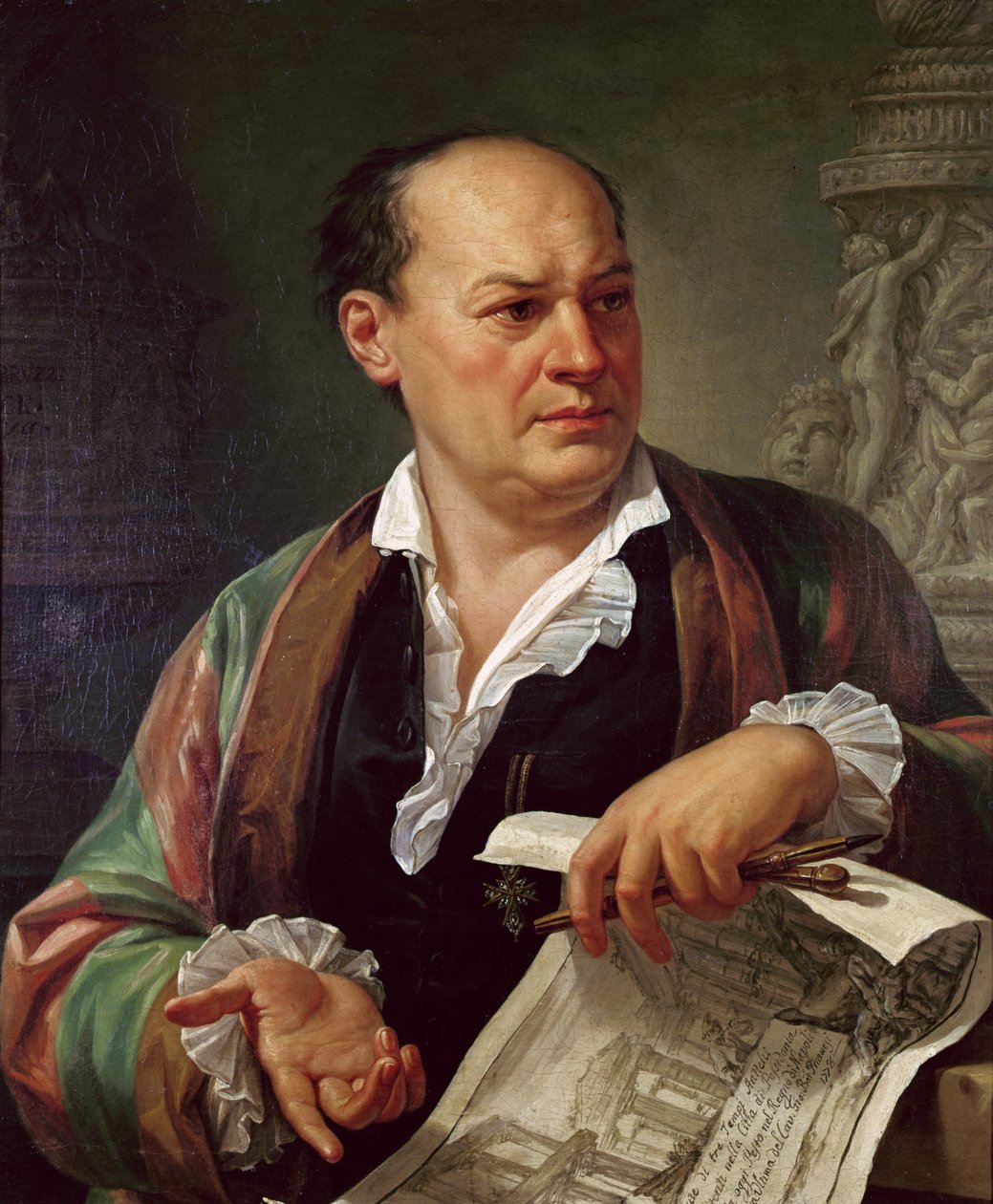
Giovanni Battista Piranesi
2. Giovanni Battista Piranesi (1778)
The Venetian architect, as he liked to call himself, was born in 1720 in Momigliano di Mestre, near Venice. Like his predecessor, his father was a stonemason and also a Venetian master builder, Angelo Piranesi, and his mother Laura Lucchesi was the sister of Matteo Lucchesi, a well-known architect, an environment that provided him with a careful and complete education in the family environment.
After disputes with his uncle Matteo, his training continued with Giovanni Antonio Sacalfarotto and in parallel with the engraver Carlo Zucchi, in whose studio he learned the technique of etching. At the age of twenty, in 1740, he moved to Rome, although for the next ten years, he would live between his trips to Naples and his returns to Venice to obtain financing.
His first great work would be published in 1749. He was an archaeologist, a visionary architect, a notary of ruins, a chronicler of his time, a defender of Romanity. He understood engraving as the industry of his time that would allow him to spread his ideas and at the same time live without building. His influence was more important in England than in his own country thanks to the educational and tourist pilgrimage of the Grand Tour. For some, his understanding will be achieved, paraphrasing Marguerite Yourcenar, through his black brain, for others, equally through Henri Focillon.
After travelling to Naples with his son Francesco to study the ruins of the three temples of Paestum, death came to Piranesi in his home in Rome on November 9, 1778, at the age of 58. He only trusted in the writings of Titus Livius and his passion for engraving the Roman world. Dying, he defied death as he had done with life: "Repose is unworthy of a citizen of Rome: let us see my models, my drawings and my coppers," are the last words attributed to him.
Piranesi had asked to be buried at the place where the two Romes met, in Santa Maria degli Angeli, the church that Michelangelo had designed on the ruins of the ancient Baths of Diocletian. This was not possible. The funeral was held in Sant'Andrea dalle Fratte, where he was provisionally buried while awaiting a final burial prepared for him by Rezzonico in S. Maria del Priorato sull'Aventino (the only church he had built). His relatives commissioned the sculptor Giuseppe Angelini to make a statue of Piranesi.
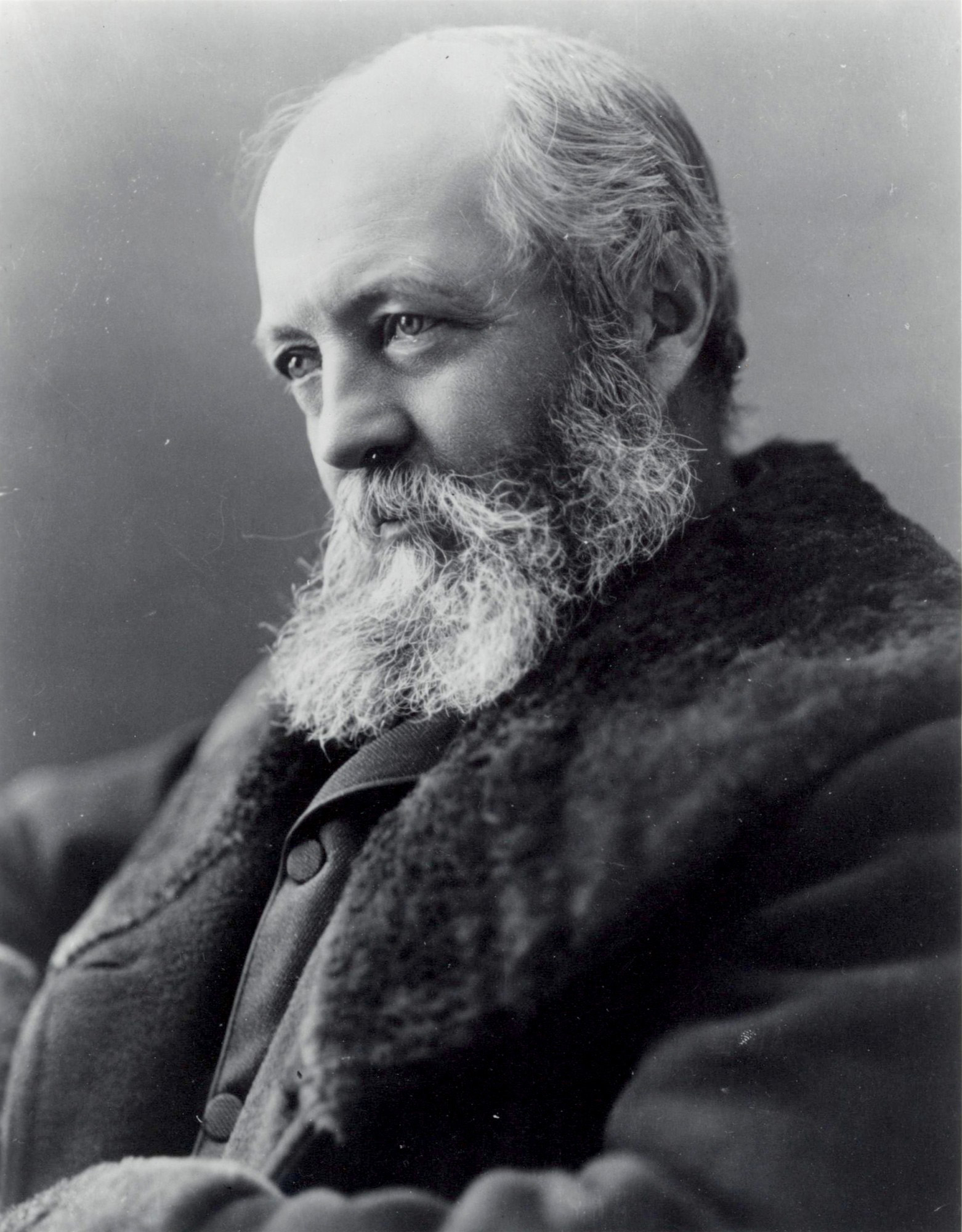
Frederick Law Olmsted
3. Frederick Law Olmsted (1903)
Would New York be the same city without the Central Park project? The architect of this world-famous urban park was Frederick Law Olmsted with his partner Calvert Vaux, after winning the competition with the proposal "Greensward Plan" in 1858. His extensive activity as a landscaper, journalist, botanist and critic made him the father of American landscaping. In addition, among his works are Elm Park in Massachusetts, considered by many to be the first American municipal park, Prospect Park in Brooklyn, Cadwalader Park in Trenton, New Jersey and Forest Park in Portland, Oregon.
Olmsted would also have an important journalistic career. In 1850, he traveled to England to visit public gardens, and was greatly impressed by Joseph Paxton's Birkenhead Park, and later published Walks and Conversations of an American Farmer in England in 1852.
In 1895, his dementia forced him to retire. Olmsted moved to Belmont, Massachusetts in 1898, and lived at McLean Hospital, the grounds of which were several times refurbished following his ideas; he even proposed a complete proposal that was never carried out. He remained there in retirement due to senility until his death on August 28, 1903, at the age of 81, and was buried in the old cemetery in Hartford, Connecticut.
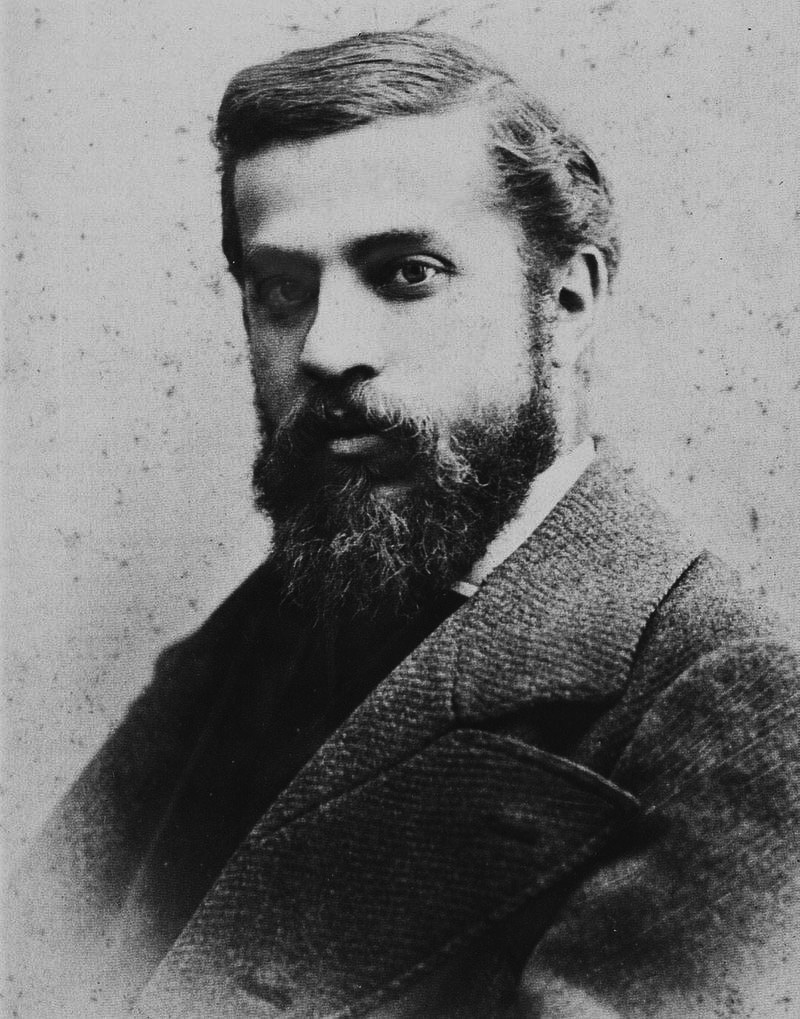
Antoni Gaudí
4. Antoni Gaudí (1926)
The world-renowned Spanish architect, and author of the Sagrada Familia in Barcelona, died on his way to the church of San Felipe Neri, which he visited daily to pray and meet with his confessor, Father Agustí Mas i Folch. Before arriving, while passing through the Gran Via de las Cortes Catalanas, between the streets of Gerona and Bailén, he was run over by a tram that was only travelling at 10 km/h, but the impact knocked him unconscious. Initially, he was mistaken for a beggar, as he was undocumented and looked austere, in worn and old clothes, he was not immediately helped until a civil guard stopped a taxi that took him to the Hospital de la Santa Cruz. The next day he was recognised by the chaplain of the Sagrada Familia, Father Gil Parés, but it was too late to do anything for him. He died on 10 June 1926, at the age of 73.
Although he had requested that his funeral be a ceremony without pomp, his remains were buried on June 12 in the chapel of Our Lady of Carmen in the crypt of the Sagrada Familia (works for which he left all his capital, which amounted to 50,000 pesetas) after a multitudinous procession through the streets of Barcelona.
Among those attending that multitudinous celebration were the models of his work, the neighbours photographed to make the moulds of the characters on the Nativity façade, or his collaborator, Artigas playing Solomon or Ramón Mestre the bricklayer playing King David.
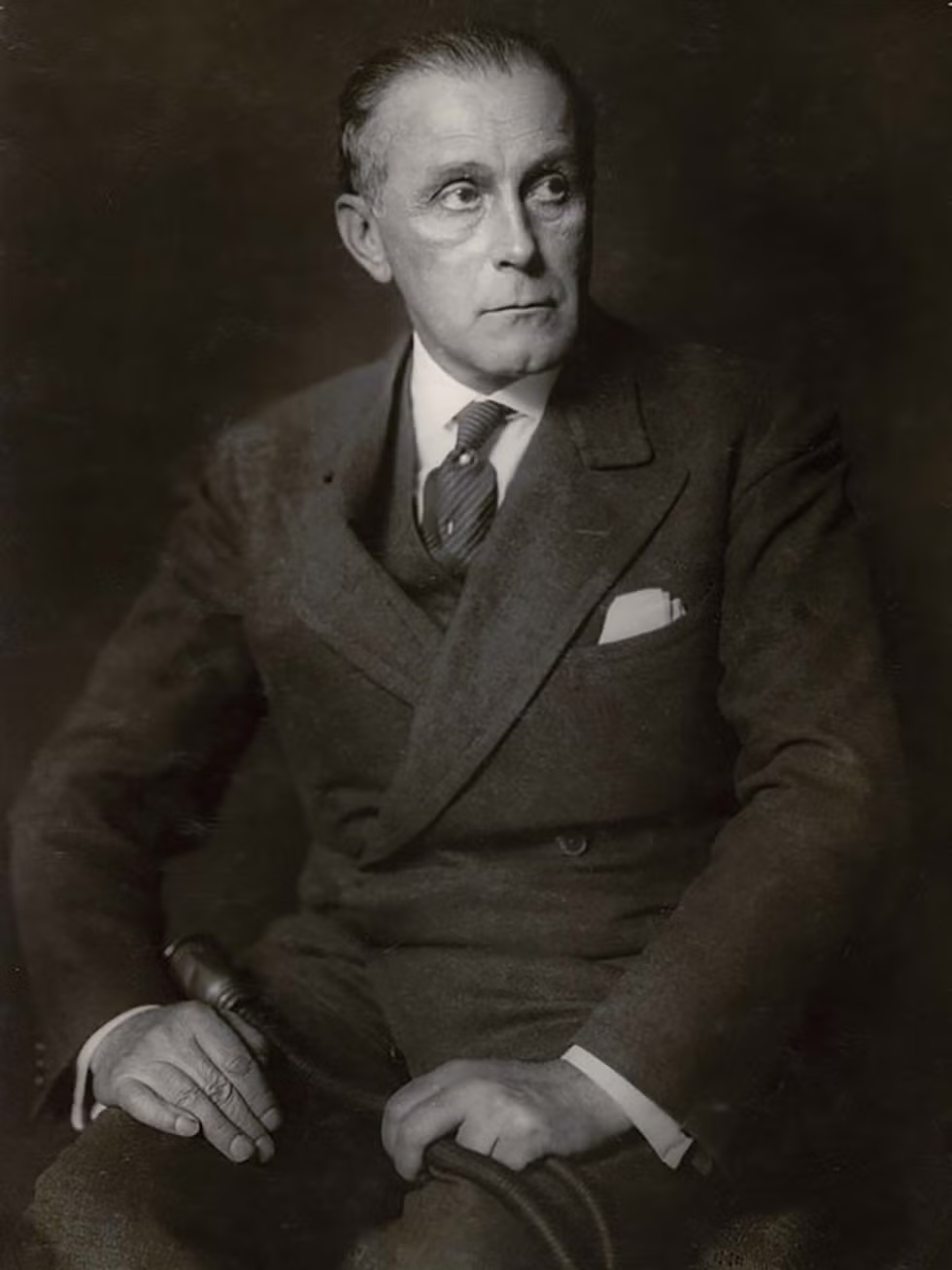
Adolf Loos
5. Adolf Loos (1933)
Adolf Franz Karl Viktor Maria Loos is considered one of the fathers of modern architecture. Known as Adolf Loos, this Austrian architect trained at the Reichenberg Vocational School and the Dresden Polytechnic without obtaining an architectural degree. He contracted syphilis in the brothels of Vienna, which left him sterile and caused his mother to repudiate him in 1893. That same year he travelled to the United States to visit the World's Fair in Chicago where he stayed for three years working in whatever he could, from dishwasher to journalist. In 1896, after passing through London and Paris, he returned to Vienna where he began to work as an architect.
In 1899 he revolutionised Viennese architecture with the construction of the Café Museum. In 1908 he wrote a famous article called "Ornament and Crime". In 1918, at the end of World War I, the first president of Czechoslovakia, Tomáš Masaryk, granted him Czech nationality, which facilitated his divorce from his first wife. That same year he was diagnosed with stomach cancer, from which he recovered in 6 months. In 1919 he married again, this time to the singer and dancer Elsie Altmann, from whom he would also separate seven years later.
His last years were spent travelling and in hospitals, and his last wife was his good friend Claire Beck, whom he would end up divorcing in 1932. In July 1933 he was transferred to a sanatorium in Kalksburg, Austria, and on the evening of 23 August, he died after another heart attack, months before his 63rd birthday.
Shortly afterwards, his friend Arnold Schönberg commented in a letter to his friend and disciple Anton Webern: "A Viennese funeral, from what you tell me: without noise. "It's very painful. Like Mozart, Schubert, Mahler... The only thing missing was the mass grave."

Josep Torres i Clavé
6. Josep Torres i Clavé (1939)
He was one of the young founding members of GATEPAC (Group of Spanish Artists and Technicians for the Progress of Contemporary Architecture), where he met Josep Lluis Sert and Antoni Bonet Castellana and where a rationalist style for Spanish architecture was promoted, spreading the values of the Modern Movement.
He was director of the School of Architecture of Barcelona between 1936 and 1939. He remained clearly committed to the government of the Second Republic. The Barcelona architect died at the age of 33 during a bombing by the Italian air force in the village of Omellons, near Borges Blanques in the province of Lérida, while supervising the construction of trenches on the front of the Spanish Civil War. He is one of the main figures in the development of the Architectural Avant-garde in the early years of the 20th century in Spain.
Among his most notable works are the Raval Tuberculosis Dispensary (1936) and the City of Rest and Vacations in Castelldefels (1932).
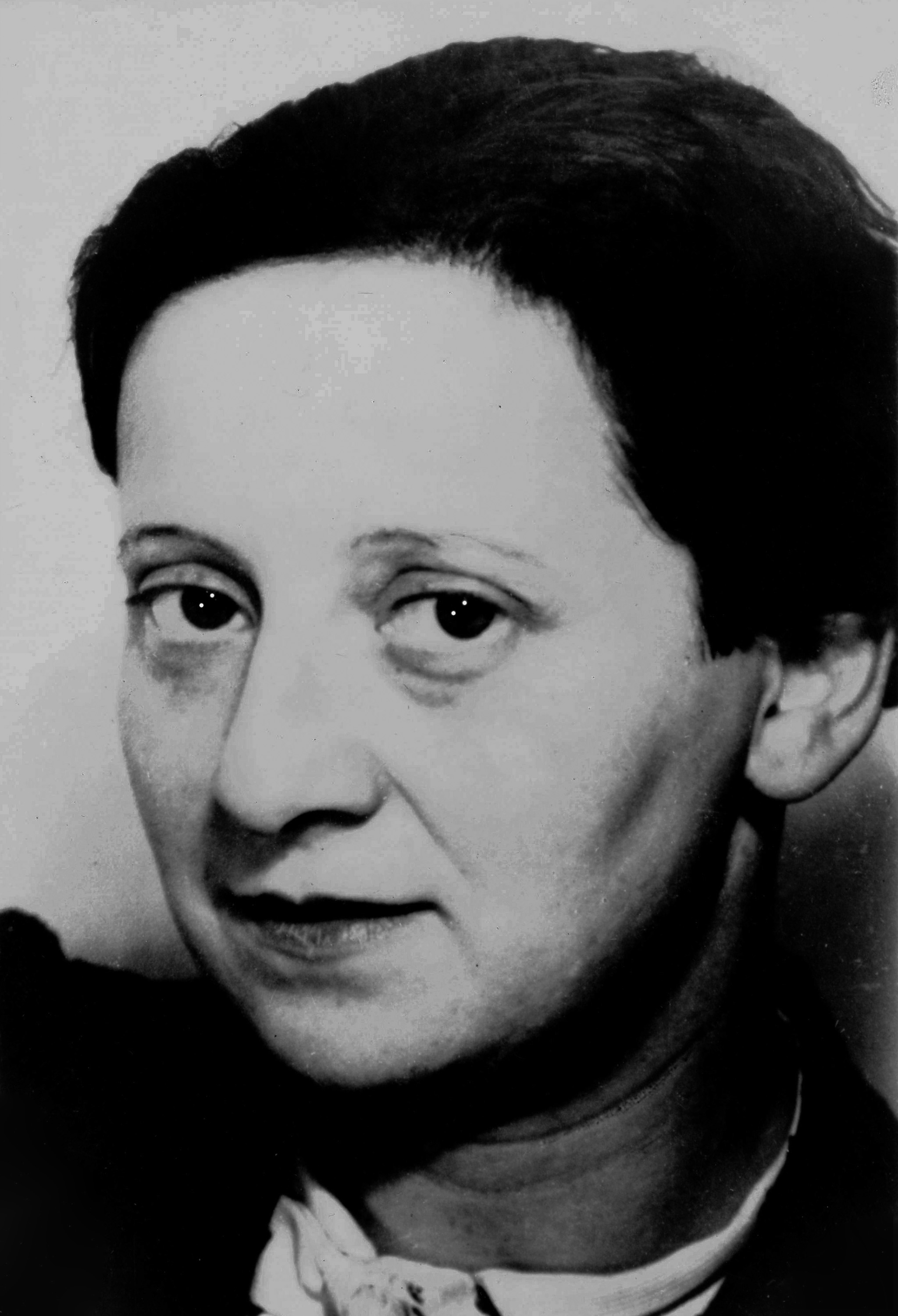
Friedl Dicker-Brandeis
7. Friedl Dicker-Brandeis (1944)
Friedl Dicker-Brandeis was a well-known Jewish artist, architect and educator who was killed in World War II. She was one of the most outstanding women of the Bauhaus for various reasons. She was an exemplary student of the Bauhaus with a wide range of artistic profiles: photography, textile work, architecture, etc... in other words, the prototype of a multidisciplinary artist with exceptional work.
In 1942 Friedl Brandeis was deported to Theresienstadt as a Jew. After being voluntarily deported to join her husband, Friedl spent her last days in Terezín, a town in the Czech Republic known for its concentration camp. There she secretly gave art classes to the children who were imprisoned. In this context, she focused her life on children and their art. Judging by the drawings made by the children, she not only absorbed all the teachings of the Bauhaus but also knew how to transmit them.
Before her deportation in 1944, she gave Raja Engläderova two suitcases containing 5,000 to 6,000 drawings she had made in her classes, which are now in the Jewish Museum in Prague. On 6 October 1944, she was transferred from Theresienstadt to Auschwitz, and three days later, on 9 October 1944, Friedl Brandeis was murdered in the concentration camp.
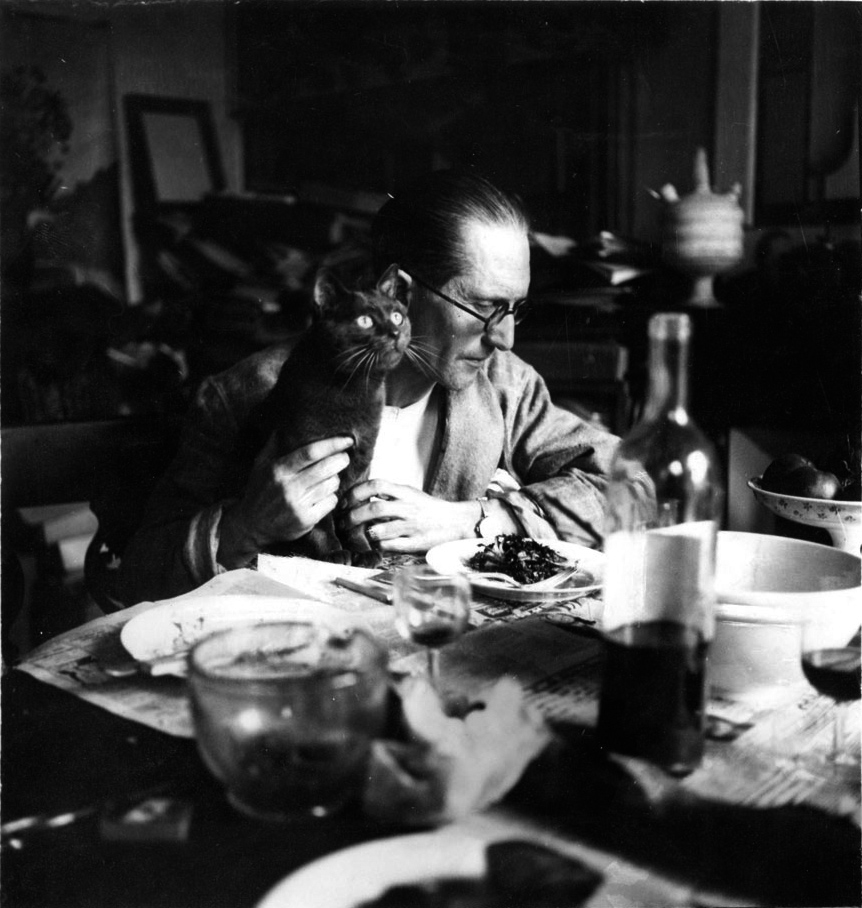
Le Corbusier
8. Le Corbusier (1965)
In the last years of his life, the Swiss architect spent his summers in Cap Martin (French Riviera), in the hut a few metres from the E1027 house that Eileen Gray had once designed for Jean Badovici, his publisher. On 27 August 1965, Le Corbusier, aged 77, left the house after breakfast to take his usual bath in the Mediterranean, against the advice of his doctor. Shortly afterwards he was found dead by fishermen, possibly from a heart attack, although the exact cause is still a mystery. His grave is located a few hundred metres further up, in the local cemetery.
It is said that during his last years, he kept the remains of a bone collected after the cremation of his wife, Yvonne Gallis and that he used to rub it as a souvenir.
Charles Édouard Jeanneret-Gris, better known by his nickname Le Corbusier, was born in La Chaux-de-Fonds, Switzerland, 1887-1965. He is considered one of the fathers of the Modern Movement in architecture and one of the most important architects of the 20th century, along with Walter Gropius, Ludwig Mies van der Rohe and Frank Lloyd Wright. Throughout his long career, he left a great legacy of architecture throughout the world, in countries such as France, Germany, Switzerland, the United States, Argentina, India and Japan.

Louis Kahn
9. Louis Isadore Kahn or Louis Kahn (1974)
His death was strange and unusual, just like his life and his complex family relationships. On Sunday, March 17, 1974, Louis Kahn died of cardiac arrest at the age of 73 in the toilets of the famous Penn Station in New York, after a return trip from Bangladesh. He was not identified until three days after his death, since, for unknown reasons, he had crossed out the details in his passport. During his burial, the children and wives of his three married couples (Esther, his work colleague Anne Tyng, and Harriet Pattison) met for the first time, who were unwittingly related, since the architect had kept him hidden for decades until his death.
One of his sons with Harriet Pattison, Nathaniel Kahn, portrayed the architect's life in a documentary entitled "My Architect: A Son's Journey," which was nominated for an Oscar in 2003.
Louis Isadore Kahn, one of the leading figures of 20th-century architecture, was born on February 20, 1901. He founded his own studio in 1935 and was a professor at the Yale University School of Architecture from 1947 to 1957. His major works include the Salk Institute, the Richards Laboratories, and the Phillips Exeter Academy Library.
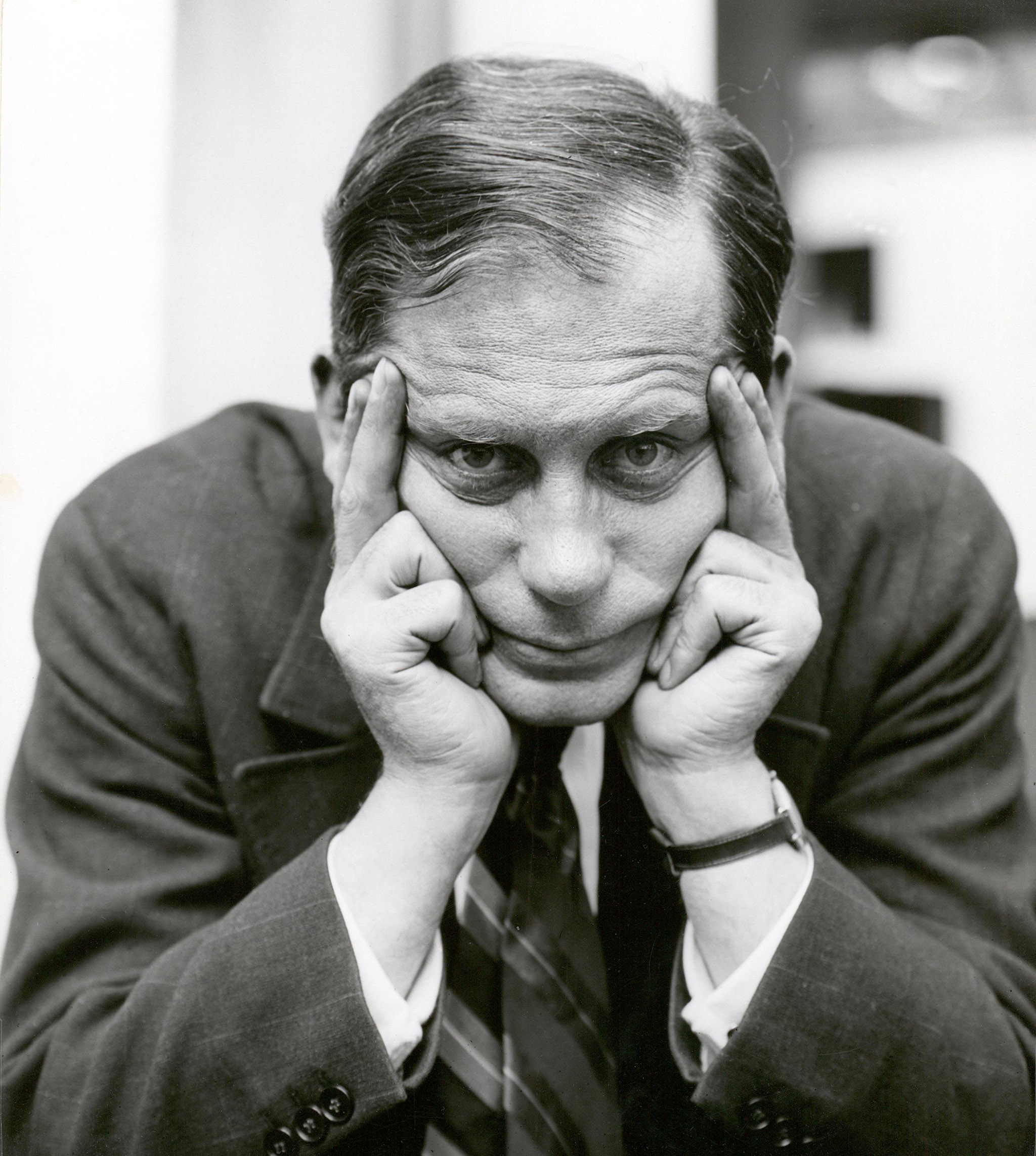
Walter Gropius
10. Walter Gropius (1969)
Walter Gropius was born in Berlin, the son and grandson of architects. He studied architecture in Munich and Berlin, then worked for three years in the office of Peter Behrens (1907-1910) and then set out on his own. He soon began to make a name for himself as an architect with the Fagus factory project in 1911, which he would strengthen in Bologna in 1914 when he built offices, a machine area, and laboratories for the Werkbund exhibition and exhibited a car project and a compartment for sleeping cars there. However, it was the founding of the famous Bauhaus design school that would mark his life. He served as director there, first in Weimar and then in Dessau, from 1919 to 1928.
From 1933 onwards, the pressure of continuing in Germany became unbearable. In addition to being marked as the inspiration for an internationalist and avant-garde school, he was also attacked by the press and had the Gestapo in his studio on several occasions. In 1934 he decided to accept an invitation to give a lecture in London, and three years later he migrated to the United States in 1937. He remained at Harvard until 1952 when he resigned due to disagreements with the Dean. He continued to receive commissions and carry out projects. He spent his last years travelling and meeting former Bauhaus students everywhere who recognised his work.
The man who would be called the "silver knight" by his postmodern enemies died at his home in his sleep at the age of 86 in Boston on 6 July 1969.






















